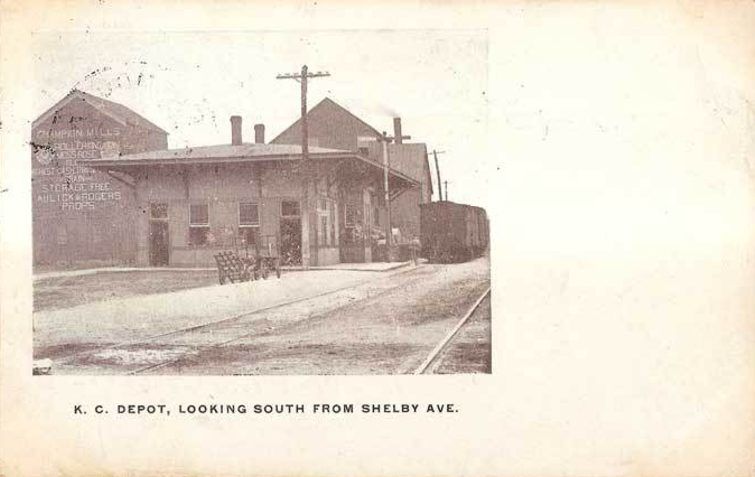1. The Railroad Changed Everything
In the 1850s, the tracks rolled in—and just like that, Falmouth started shifting from sleepy river town to a commercial outpost. Everything started moving faster. Money. People. Power.
2. A Town on the Rise
Business boomed. Storefronts opened. Folks who’d once passed us by started setting up shop. You could feel the energy in the wood of the buildings and the dirt underfoot—something was happening here.
3. From Crops to Commerce
Falmouth wasn’t just a stop on the map—it became a hub for local farmers to get their goods moving. Corn, tobacco, livestock—if it grew or grazed, it went through here.
4. A Growing Crowd
With opportunity came people. Families, merchants, drifters, and dreamers. Our population climbed. Falmouth was filling up, and fast.
5. We Built to Last
If you look close around town today, some of the bones from that era are still standing. Brick and wood, Federal and early Victorian flair. It’s not just architecture—it’s evidence.
6. County Seat, No Question
Falmouth didn’t just grow—it held power. As Pendleton County’s seat, all eyes were already on us. The 1850s just made that spotlight a little brighter.
7. Before the War, There Was Tension
The Civil War was creeping closer, and Falmouth sat in a strange place—geographically and politically. The railroad made us a point of interest. Quietly, the game was already changing.
8. The Flood of ’54
Nature reminded us who’s boss. The flood of 1854 hit hard. But in typical Falmouth fashion, we rebuilt—smarter, tougher, more determined.
9. Faith and Schooling Took Root
In that decade alone, several churches and schoolhouses were built. It wasn’t just commerce—we were building community, one soul and student at a time.
10. Industry with Local Grit
Small mills, tanneries, and workshops cropped up everywhere. These weren’t big factories—they were Falmouth-bred businesses, keeping it local and keeping it moving.

